
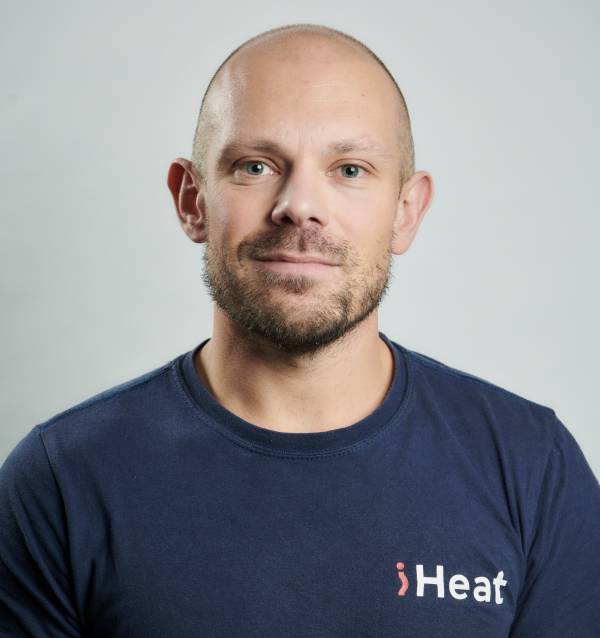
Written by Stephen Day
Gas Safe Engineer
Updated: 22nd December, 2025
Here’s a quick roundup of the best combi boilers for 2026.
Get a new boiler quote, save up to £550 per year (0% APR available).
In 2026, the most popular way of heating your home in the UK is still the all conquering, combi boiler.
In this helpful and straightforward guide, we’ll be taking a look at some of the best combi boilers available in order to most effectively keep your family and your home nice and warm as the temperatures start to drop.
Get a quote in 60 seconds, fitted as fast as next day!
0% APR finance available.
So quickly before we delve into what the best combi boilers are, just in case you don’t already know, this is what a combi boiler is and how they work:
A combination (combi) boiler, is a type of modern boiler design that ‘combines’ both the hot water production and central heating output for a property into one convenient, space-saving design.
So…just what is the best combi boiler to buy for your home?
Best Combi Boiler Overall: Worcester Bosch Greenstar 4000
Best Combi Boiler for a smaller property: Alpha E-Tec NX
Best Combi Boiler for a larger property: Viessman Vitodens 100-W
Delve into our picks for the 5 best combi boilers on the market in 2026. We’ll go through key info such as cost, warranties, size and technical features.
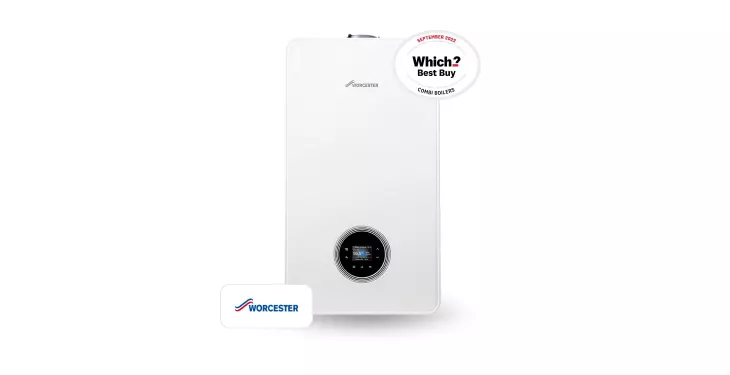
It’s no surprise that coming in at the top spot is one of the most popular UK combi boilers ever, the Worcester Bosch Greenstar 4000.
Price, inc Install (guide) - £2,865
Boiler finance (guide) - £19.98 (120 months, 11.9% APR)
Warranty - 10 years
Energy Efficiency - A rated (94%)
Power output - 30kW
Water flow rate - 12.3 L/min
Size - 724mm (h) x 400mm (w) x 310mm (d)
The Worcester Greenstar 4000 can help to dramatically slash your energy bills due to its innovative design, including the ‘QuickTap’ water saving function.
The Greenstar 4000 is also extremely user friendly due to its colour display control panel, and the fact that it is one of the quietest boilers available.
Expert opinion: ‘The Worcester Bosch Greenstar 4000 is consistently the UK’s best combi boiler for a reason, and 2026 doesn’t seem to be any different’.
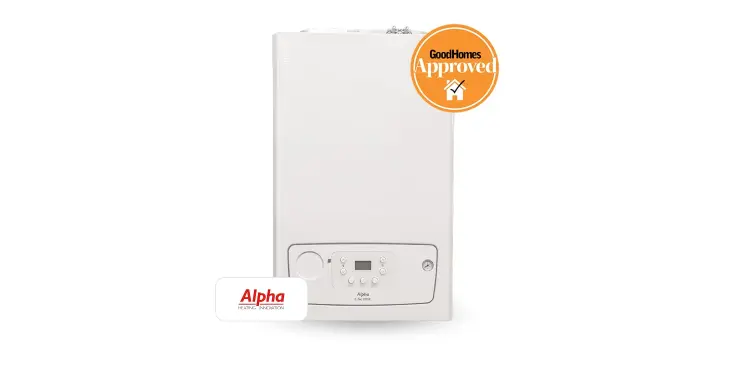
Just pipped to the post for the title of best combination boiler, is the Alpha E-Tec NX. A fantastic pocket-rocket of a boiler, and perhaps a little more budget friendly than some of its competitors.
Price, inc Install (guide) - £2,455
Boiler finance (guide) - £17.12 (120 months, 11.9%APR)
Warranty - 11 years
Energy Efficiency - A rated (94%)
Power output - 28 kW
Water flow rate - 12.1 L/min
Size - 712mm (h) x 440mm (w) x 255mm (d)
The Alpha E-Tec NX has an extremely compact and spatially economic design, meaning it can comfortably fit into a kitchen cupboard without any issues.
The impressive E-Tec NX can also adjust to outdoor weather changes and works with OpenTherm and Alpha BUS technology to allow a user to easily control temperature regulation in their home.
Expert opinion: ‘The Alpha E-Tec NX is a compact but filled to the brim with clever technology, making it one of the best gas combi boilers on the market this year’.
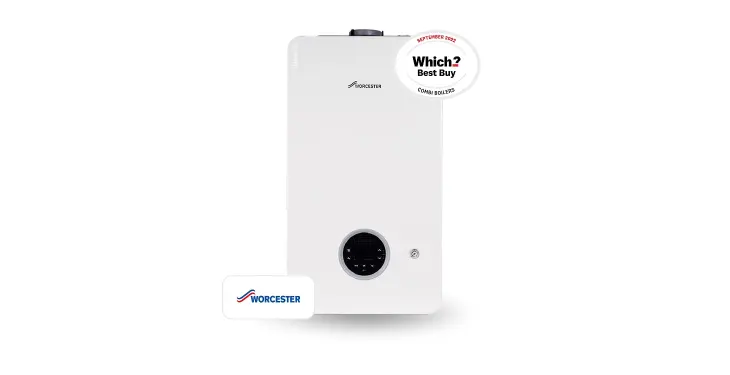
With Worcester Bosch’s second appearance on this best rated combi boiler list, is their Greenstar 2000 model, a more compact ,but still powerful, little brother to the 4000.
Price, inc Install (guide) - £2,675
Boiler finance (guide) - £18.65 (120 months, 11.9%APR)
Warranty - 7 years
Energy Efficiency - A rated (93%)
Power output - 30 kW
Water flow rate - 10.8 L/min
Size - 724mm (h) x 400mm (w) x 300mm (d)
The Worcester Bosch Greenstar 2000 is perfect for homes with a little less space, and its convenience doesn't end there, as this model is the quietest combi boiler Worcester Bosch produce, even receiving Quiet Mark accreditation.
The 2000 is not only great at reducing your home’s heating bill, but is also slightly more budget friendly than the 4000, meaning it can even further reduce your financial outgoings.
Expert opinion: ‘Worcester Bosch’s Greenstar 2000 is a combi boiler in keeping with the brands excellent reputation for reliability and efficiency’.
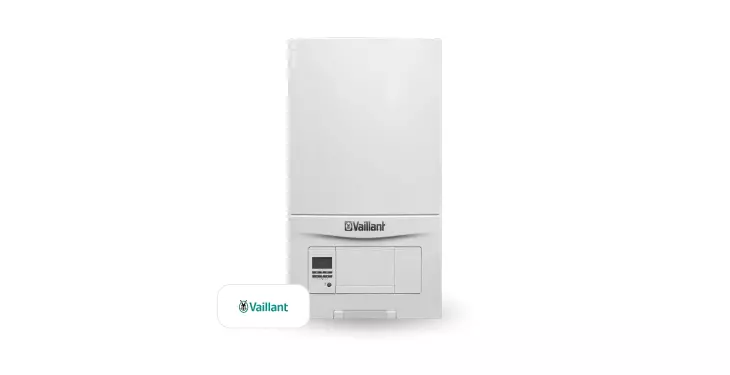
Vaillant is a trusted and celebrated brand whose ethos has always been to keep homes as warm as possible, while being kind to the environment. The Vaillant EcoFIT Pure is one of the top combi boilers around.
Price, inc Install (guide) - £3,020
Boiler finance (guide) - £21.06 (120 months, 11.9%APR)
Warranty - 10 years
Energy Efficiency - A rated (94%)
Power output - 30 kW
Water flow rate - 12.2 L/min
Size - 700mm (h) x 390mm (w) x 295mm (d)
The EcoFIT Pure is one of Vaillant’s leading lights due to its high efficiency and weather compensation features, providing further energy saving.
The hand built EcoFIT Pure combi is compatible with Vaillant’s vSMART app, allowing homeowners to control, adjust and schedule their property’s temperature from anywhere at the tap of a button.
Expert opinion: ‘Vaillant have always been a forward thinking boiler brand, and their EcoFIT Pure is no different, sleek while being user friendly’.
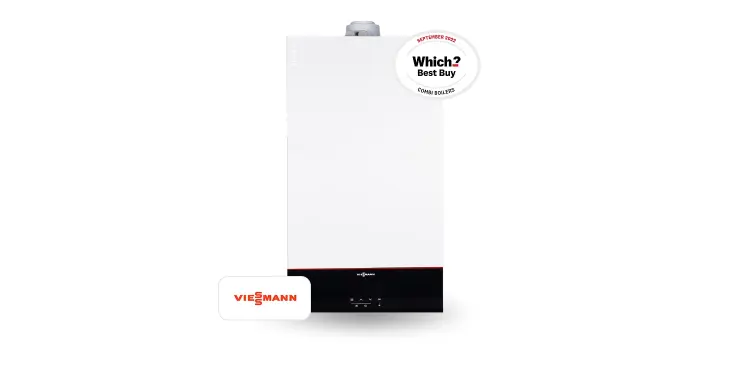
Viessmann are a European powerhouse of a heating brand with a lengthy history at the forefront of the boiler market, and their flagship Viessmann Vitodens 100-W is a clear example of why.
Price, inc Install (guide) - £3,125
Boiler finance (guide) - £21.79 (120 months, 11.9%APR)
Warranty - 12 years
Energy Efficiency - A rated (94%)
Power output - 30 kW
Water flow rate - 12.5 L/min
Size -700mm (h) x 400mm (w) x 350mm (d)
Viessmann has blended innovation with robustness leading to the Vitodens 100-W being a multiple Which? Best Buy award winner.
Components like a MatriX-plus burner allows for ultra-low emissions, while a handy WiFi interface and connectivity to Viessmann’s ViCare app demonstrate the high level of craftsmanship and customer based thinking that have gone into the design of this combi.
Expert opinion: ‘The Viessmann vitodens 100-W is one of the best combi boilers on the market, and has been for years, a testament to its reliable performance’.
Model | Home size | Smart ready | Cupboard fit (300 mm) | Controls | Cost inc installation (guide) |
Worcester Bosch Greenstar 4000 | Most homes | Yes | No | Colour screen | £2,865 |
Alpha E-Tec NX | Flats and small homes | Yes | Yes | Basic LCD | £2,455 |
Worcester Bosch Greenstar 2000 | Small to medium homes | Yes | Yes | Basic LCD | £2,675 |
Vaillant ecoFIT Pure | Small to medium homes | Yes | Yes | Basic LCD | £3,020 |
Viessmann Vitodens 100-W | Medium to larger homes | Yes | No | Clear LCD | £3,125 |
(Guide only, please always check manufacturer clearances for combi boiler kitchen cupboard fit before purchase)
Here are a few cracking combis that just missed out on our top 5 list:
Ideal Logic² Plus
Viessmann Vitodens 050-W
Worcester Bosch Greenstar CDi Compact
Vaillant ecoTEC Plus
Selecting the best combi boiler for your property could’ve been daunting in the past, lengthy and positively boring even, but iHeat stocks all the powerful and popular combi models discussed in this guide (plus many more).
Step 1 - Get a new combi boiler quote in just 60 seconds
Step 2 - Select the combi that most suits your heating needs
Step 3 - That’s it, you’re done, sit back while we take care of the rest
Last updated: 22nd December, 2025

Written by Stephen Day
Gas Safe Engineer at iHeat
Stephen Day is a Gas Safe registered and FGAS certified engineer with over 20 years of hands-on experience in the heating, cooling, and renewable energy industry, specialising in boiler installations, air conditioning, and heat pump systems.
LinkedInArticles by Stephen Day are reviewed by iHeat’s technical team to ensure accuracy and reliability.

06th January, 2026
Connecting a wood burner to your central heating system can be an efficient way to heat yo...
 Read Article
Read Article

06th January, 2026
Artificial Intelligence (AI) is changing home heating by introducing smarter, more efficie...
 Read Article
Read Article

05th January, 2026
Boiler repairs are a critical aspect of maintaining a household's functionality and safety...
 Read Article
Read Article
No obligation. Takes less than 60 seconds.